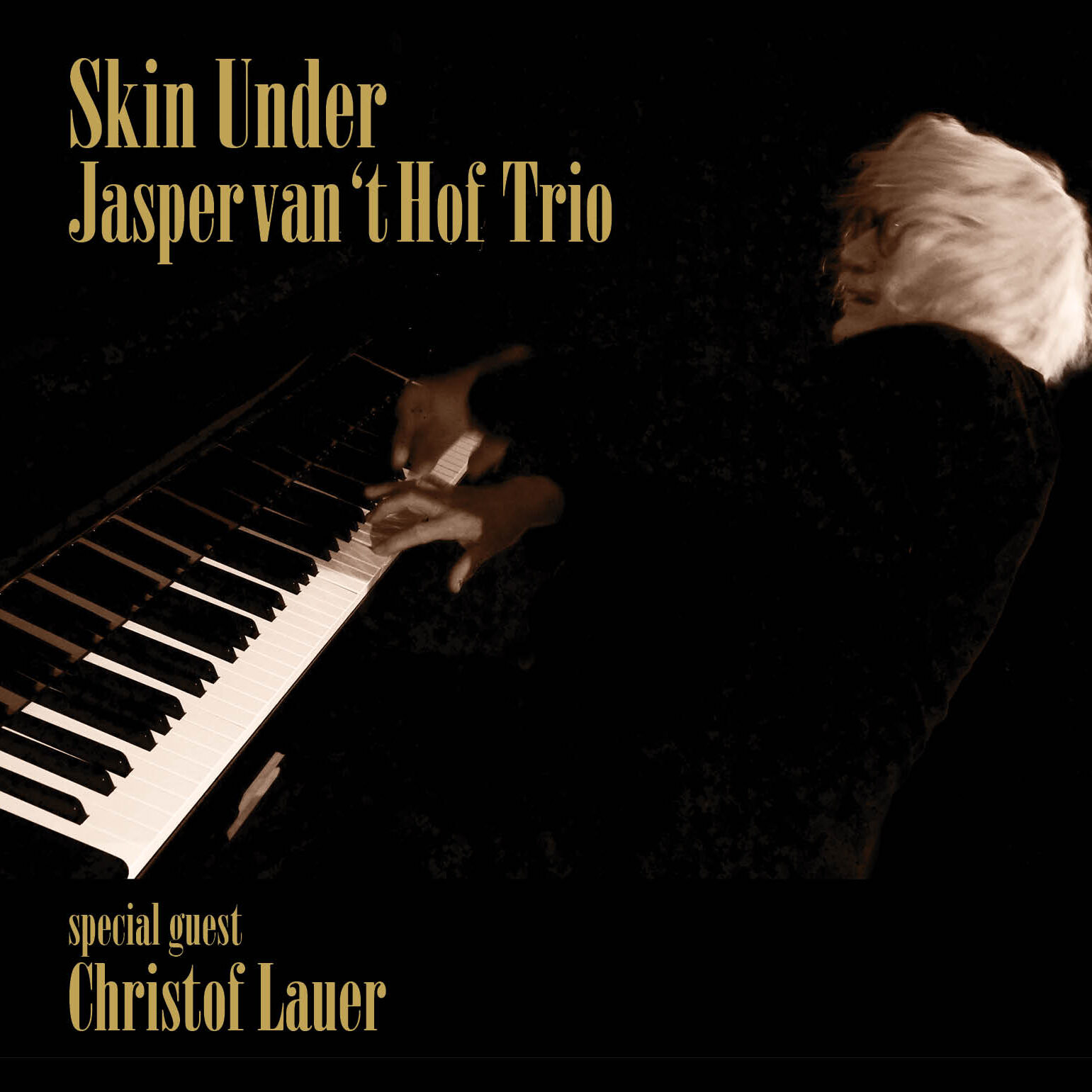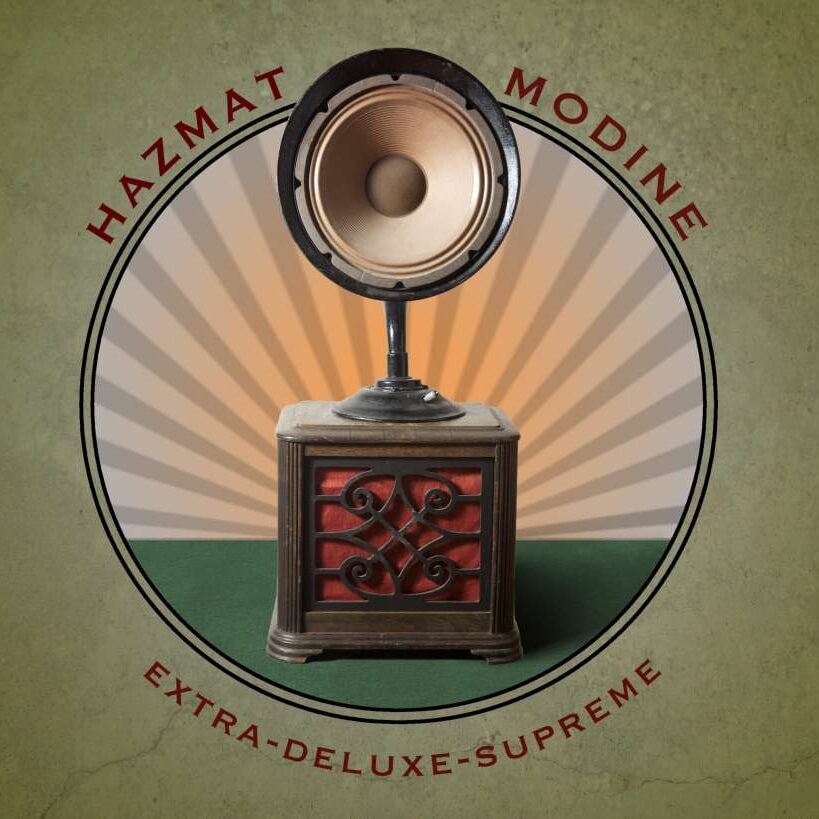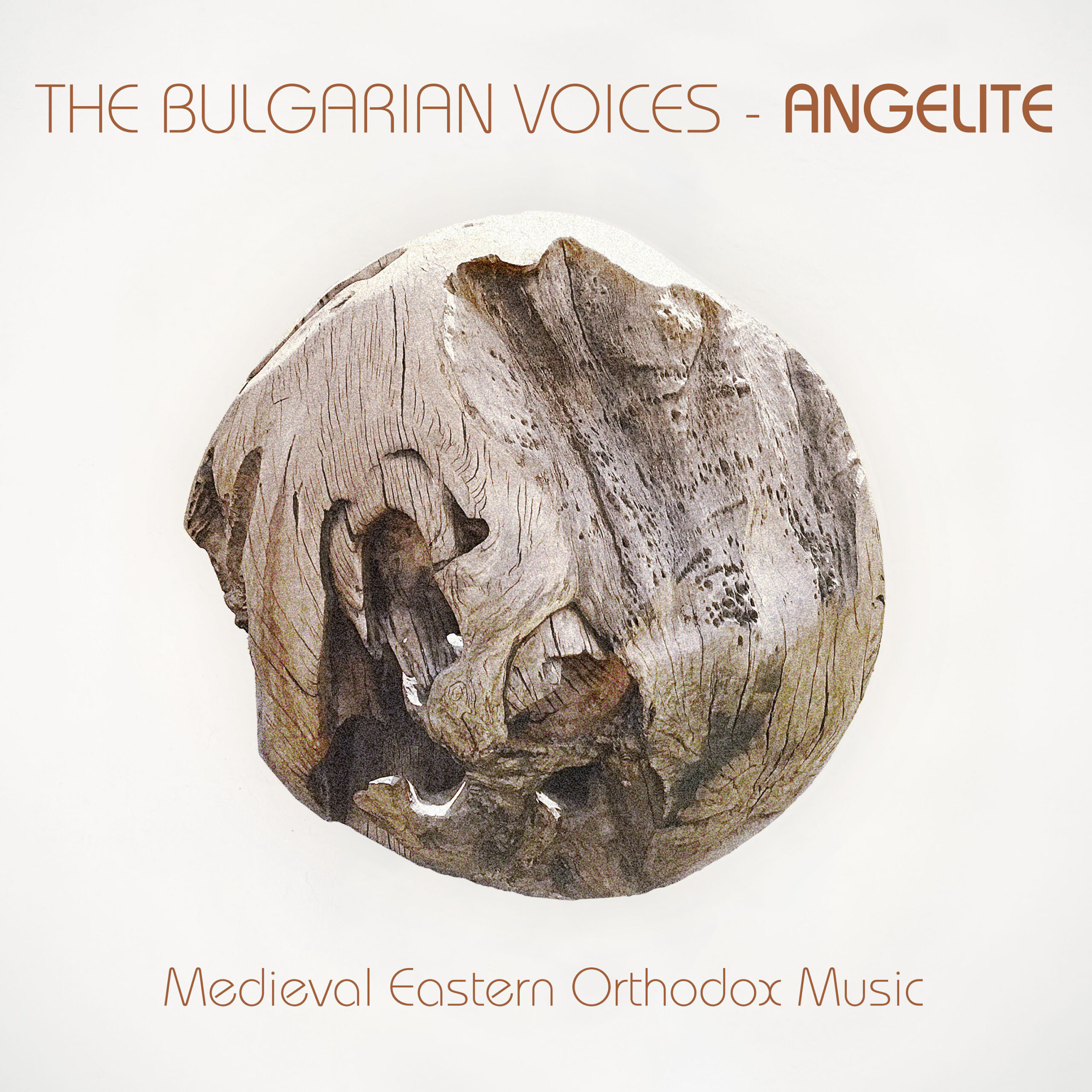[tabs style=”default”][tab title=”Info”]
Calm Flow and Rhythmic Turmoil
The first modern-day musicians to show an interest in Turkish music and its astonishing wealth of different rhythms were American and African jazzers living in Europe during the 1960s. Their orientation by no means represented the earliest musical contact between West and East, of course, but was a resurgence of something far older. Not even the compositions that Mozart contributed to the history of music (a Turkish ‘retranslation’ of his “Rondo alla Turca” can be found on this CD) – based as they were on the rhythms of Ottoman military music or ‘Janissary music’ – were the earliest of their kind. The group Sarband, one of the most fascinating and outstanding ensembles in the search for early contacts between East and West, quite impressively proved years ago that such connections between Turkey and Europe date all the way back to the sixteenth century.
It may be helpful to imagine the early Ottoman Empire and its centre Istanbul (still Constantinople at that time) as a melting-pot of musical cultures, similar to Andalusian Spain during Arab rule. In the Ottoman Empire as well, different cultures encountered one another, introducing their own musical cultures and borrowing mutually. In the album “Turkish Obsession” you can find the music of the Balkans, the folk music of the Sinti and Roma and Jewish Klezmer music all contain a wealth of melodies and rhythms dating back to Turkish music (a “Terkisher” for instance, is still part of the typical repertoire of Klezmer bands). The instruments were gradually swapped and interchanged too: The large number of percussion instruments (ranging from the tiny tambourine to the enormous Turkish drum) were in use far beyond the borders of the empire, and a very loud instrument of the shawm family – the so-called Zurna – was known from the Black Sea to the Adriatic. The spectrum of this CD ranges from the calm, flowing, almost silent but still highly artistically ornamented music of the old Ottoman Empire to the powerful, aggressive rhythms of multi-talented percussionist Okay Temiz, who succeeds brilliantly in merging ethno-beat, the jazz statement and Turkish traditions.
[/tab][tab title=”Tracklist”]
Tracklist
1. Neva Ceng-i Harbi Part I 1.42 – Sarband/ Jacopo da Bologna. Codex Reina
2 Kobra 3.27 – Okay Temiz & Zurna Project/ trad./arr. Okay Temiz
3. Una Marika de Ruda / Wedding song 7.51 – Sarband/ trad. Bulgaria, Bosnia,Turkey arr. V. Ivanoff
3. Hicaz Ilali 6.02 – Sarband/ trad./ arr. V. Ivanoff
4. Nikris Pesrev 5.23 – Sarband/ anonym: collection Ali Ufki
5. Suzinak -Semai 4.11 – Okay Temiz/ trad./arr. Okay Temiz
7. Psalm No 6 5.37 – Sarband/ W. Bobowsky/ collection Ali Ufki
8. Dervish Service Reggae 8.56 – Okay Temiz/ Okay Temiz
9. Rondo alla Turca 2.15 Sarband/ W.A. Mozart
10. Ya Rabbi 7.16 – Sarband
Track No 5, 8 licensed from Okay Temiz
[/tab][/tabs]




